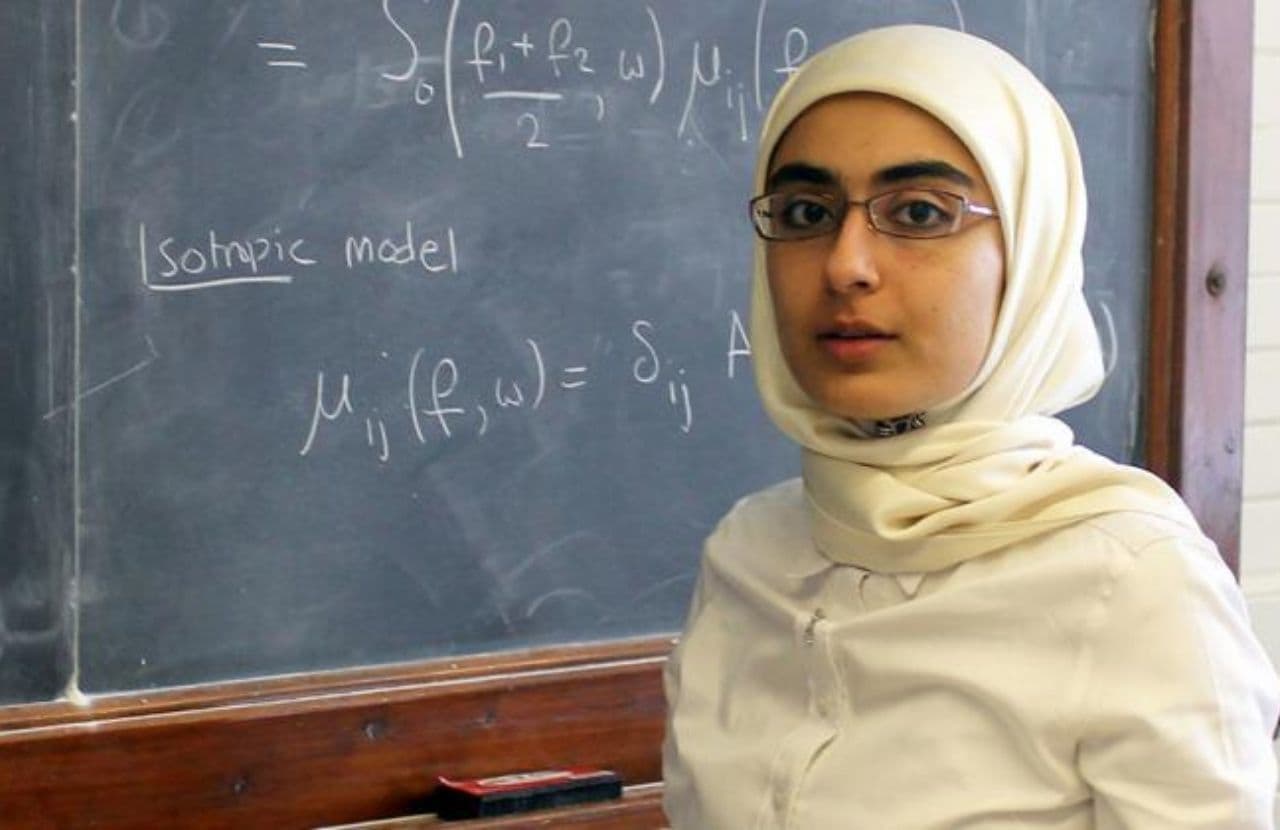I received all of my university-level education, both undergraduate and graduate, from the University of Toronto in Canada, a world-renowned university that is very rich, rigorous, and intense in its curriculum. What I am trying to say is that they worked me hard! By the time I graduated with a PhD in physics in 2011, I was relatively accomplished in what I wanted to do most, which is research in Optical and Quantum Physics. The papers that I published as a graduate student were getting respectable attention. After a couple of years of postdoc-level research, I got married and very shortly afterwards got pregnant. I was super excited that I was going to have a baby. In a few weeks, I was to discover that there was a price to that joyful news. My morning sickness kicked in, and it was really bad.
Although initially I resisted being put on medication, I had no
choice when it became obvious that I could not continue in this state.
These medications, although they helped a little bit, did not solve my
problems completely and had side effects associated with them; I was no
longer focused enough to be able to drive safely. Naturally, this also
affected my productivity at work, and I was really embarrassed about my
situation, especially that most pregnant women I have encountered in my
life have been able to maintain their productivity during their
pregnancies. I was, then, forced to make the decision to put my career
on hold so that I can have kids and take care of them while they were
still very young.
Although there was no question in my mind that the decision to give
my kids priority over continuing my career, without interruptions, was
the right one to make, I was feeling unfulfilled intellectually. The
mention of my scientific achievements before the break brought me no
satisfaction, but instead reminded me of what I used to be like. I
thought that, by choosing my kids over my research, it demonstrated to
the scientific community that I do not care about science and am not
passionate enough about it, which, of course, is exactly the opposite of
how I felt like.
As it got closer to the end of the three-year break, I approached my
supervisor about resuming research, expecting him to not want to work
with me (because I decided to opt for the career break). Then, I was
pleasantly surprised by him saying that he was looking forward to
working with me again! I realized, then, that he did not judge me badly
for the decision to become a mother. I also realized that scientists are
human too, despite the serious face they have with their
single-mindedness in talking about research most of the time. I wish I
had not worried so much during the break about being misjudged about my
true love and desire to do research. My advice to anybody who finds
themselves in this position is not to worry; life throws
responsibilities at us that can delay us a little bit, but if we had
worked hard and proved that we can do it when we had the chance, that
will carry a lot of weight when we want to resume in the path that we so
much want to continue in taking.
At some point, after I resumed my work at the University of
Rochester, the funding issue came up, and I looked everywhere and could
only find one fellowship that I was eligible to apply for, the M. Hildred Blewett Fellowship.
This is a fellowship, given by the American Physical Society, that
supports re-entry of women physicists back into research after having
had to interrupt their career. I applied for it and waited. The day the
results were due, I was feeling tense: if I win it, I continue in what I
so much want to do. If not, I have to give it up! When I was told that I
won it, it felt like I came back to life again. I did not have to give
it up!
I cannot describe how grateful and happy I am for this opportunity.
It feels so nice to be back at work, asking new questions and spending
time to learn and think to find the answers. It feels like the old good
days, except for one thing: having to take care of two toddlers as well!
Although it gives me less time outside work to do work (yes, that’s
what physicists do if they can get away with it: no break!), they are
such a pleasure to have in my life, so I have no complaints. It also
taught me that time is something not to take for granted, so if I were
to go back in time to when I was a student and during my early
postdoctoral years, I would tell myself to appreciate all the time that I
had on my hands! My husband is also a physicist, and we are both
understanding of the responsibilities we both have at work, so that
really helps when one of us needs that extra time to get something done,
while the other takes care of the kids, and, like with all children, it
is becoming easier and more interesting as they grow!
Click here for more information about the M. Hildred Blewett Fellowship. Other STEM-related research re-entry programs include the National Institutes of Health Research Supplements to Promote Re-Entry into Research Careers and the National Science Foundation Re-entry to Active Research Program (RARE).





